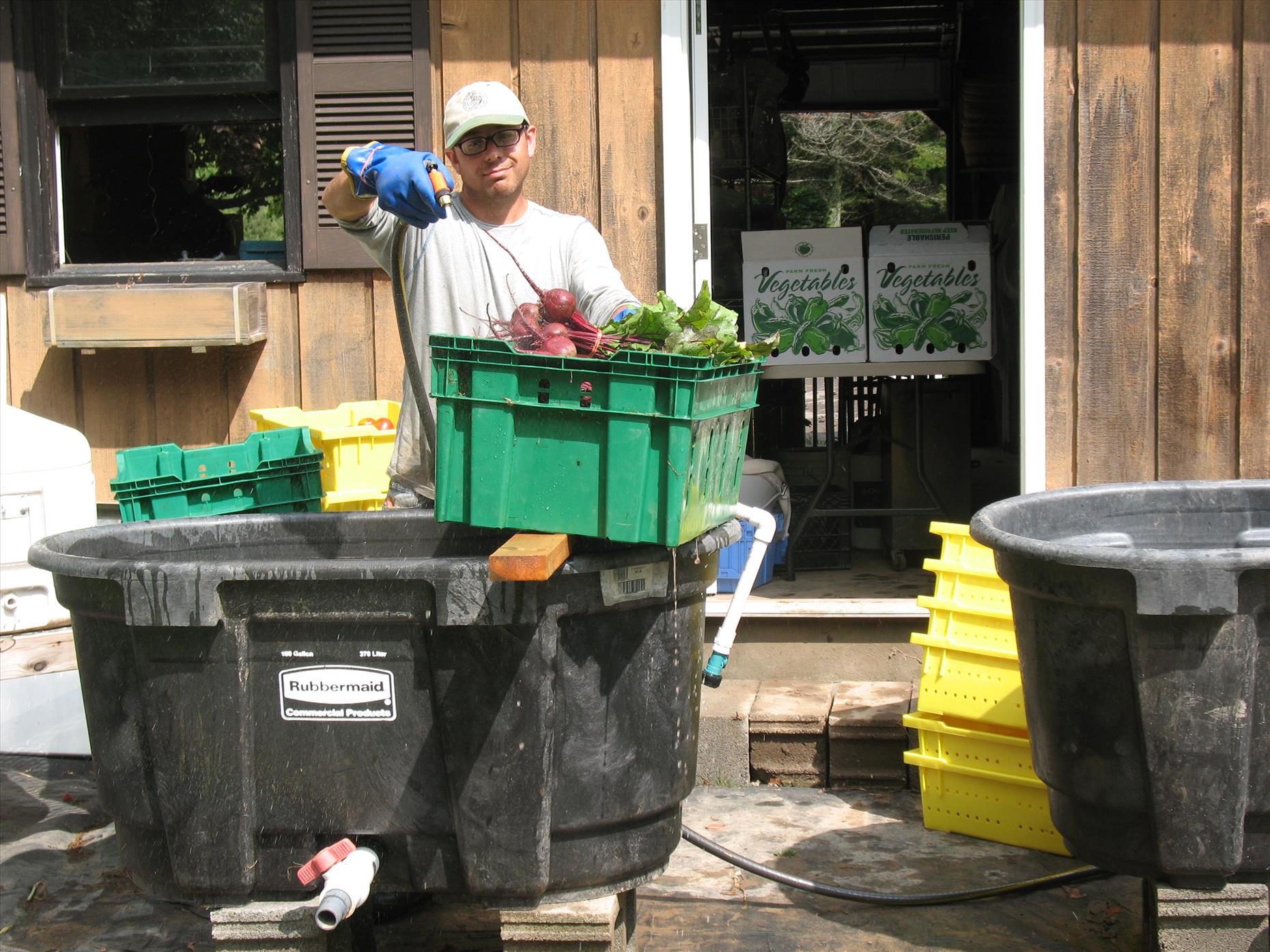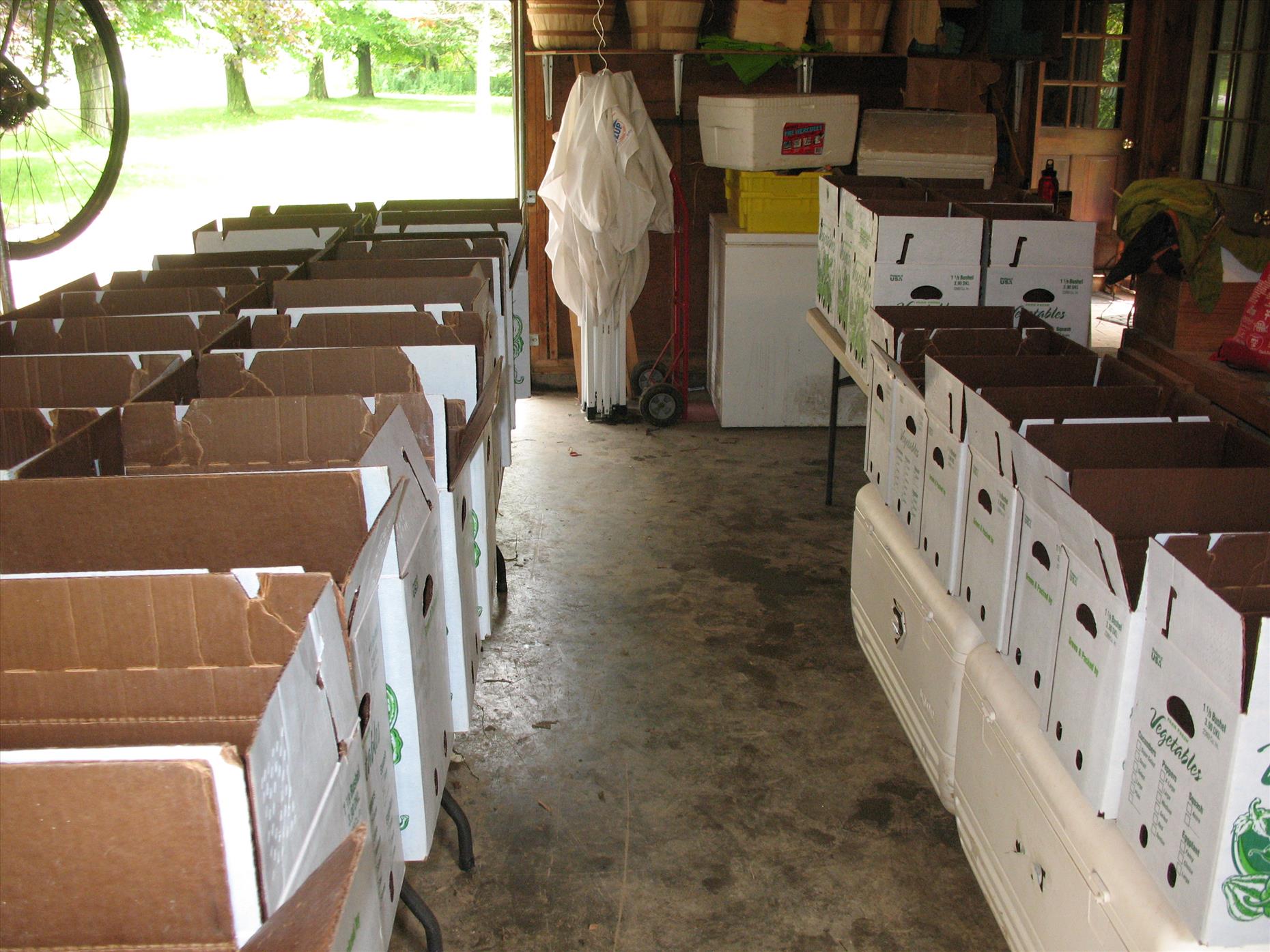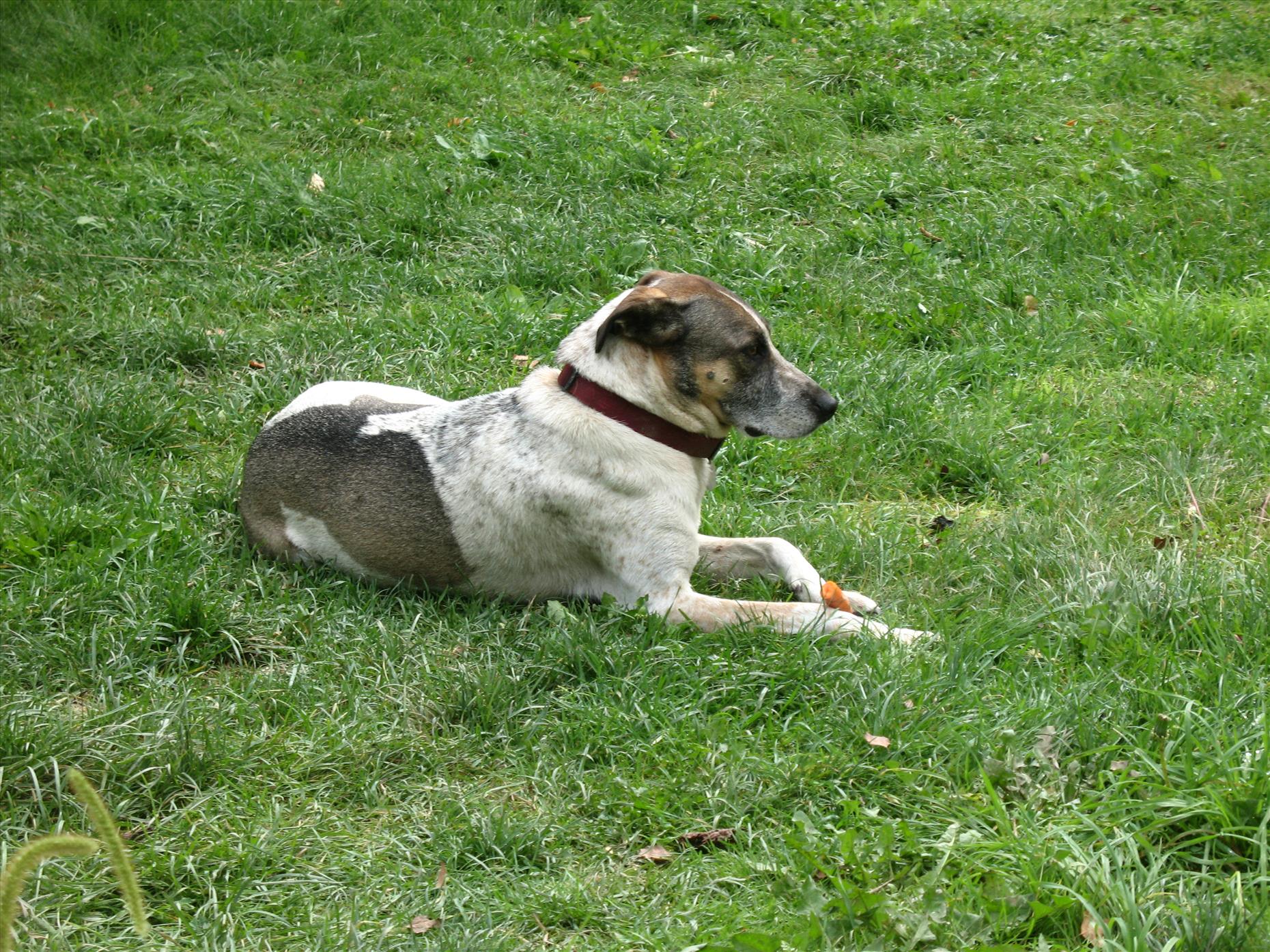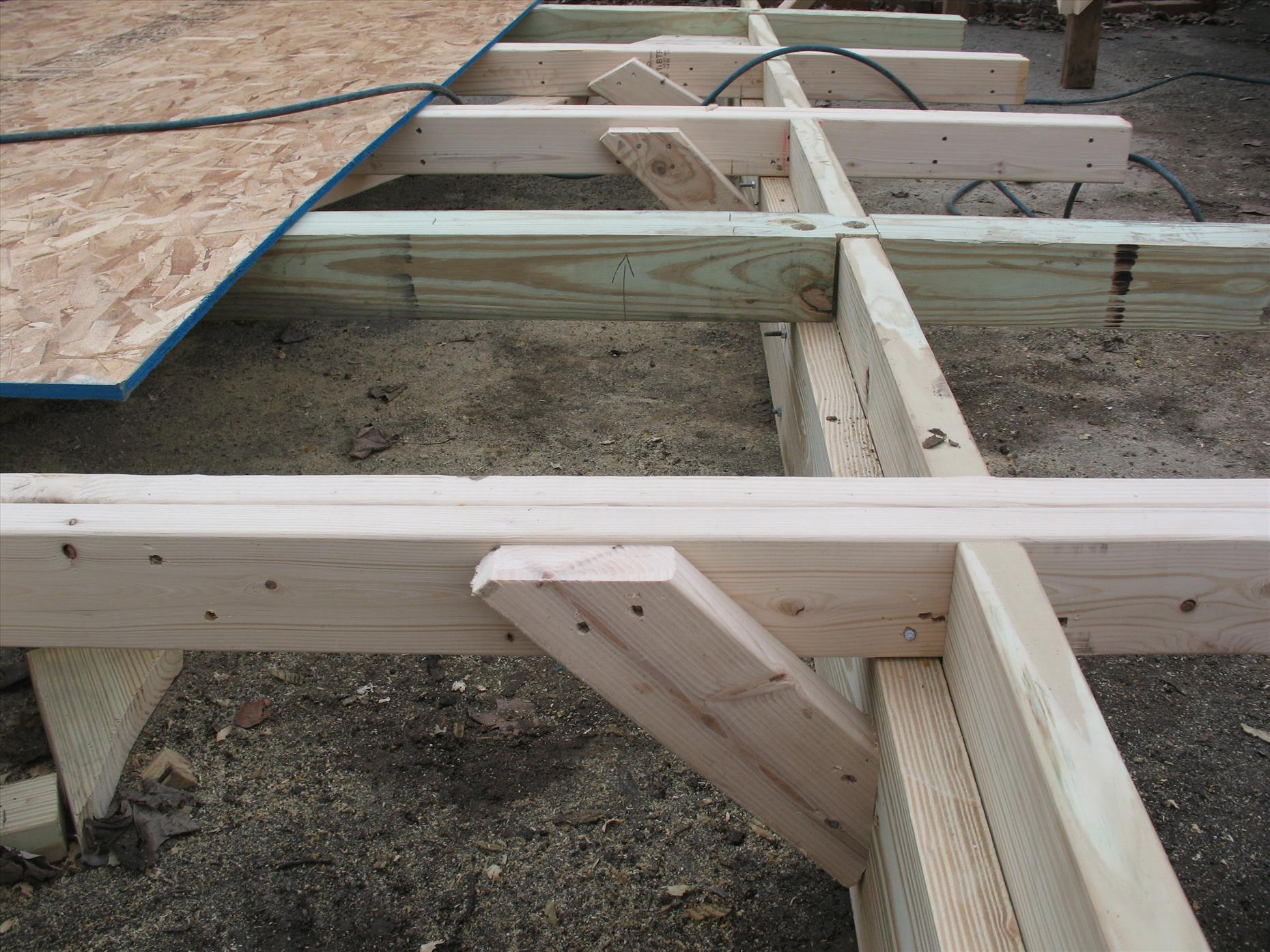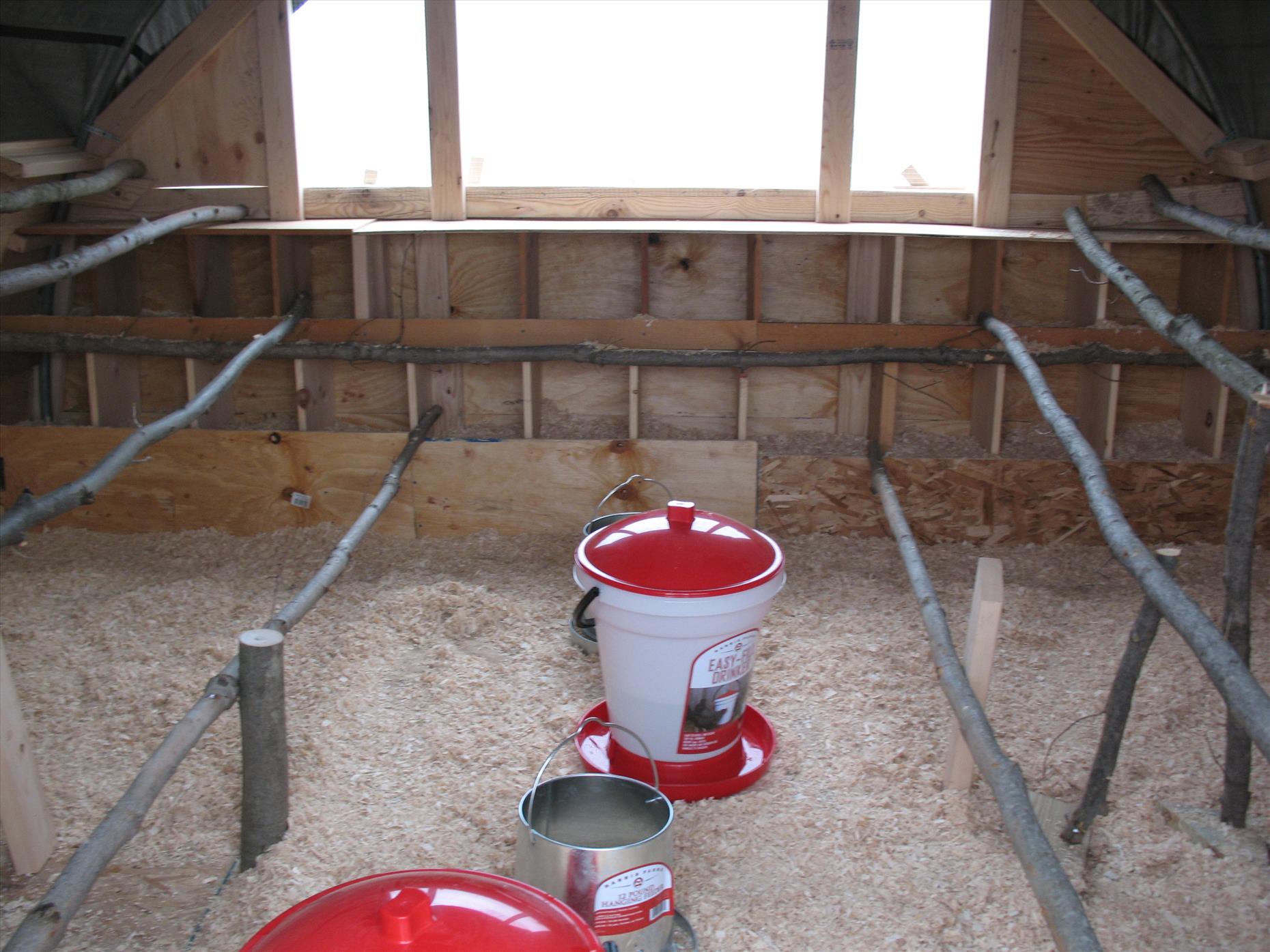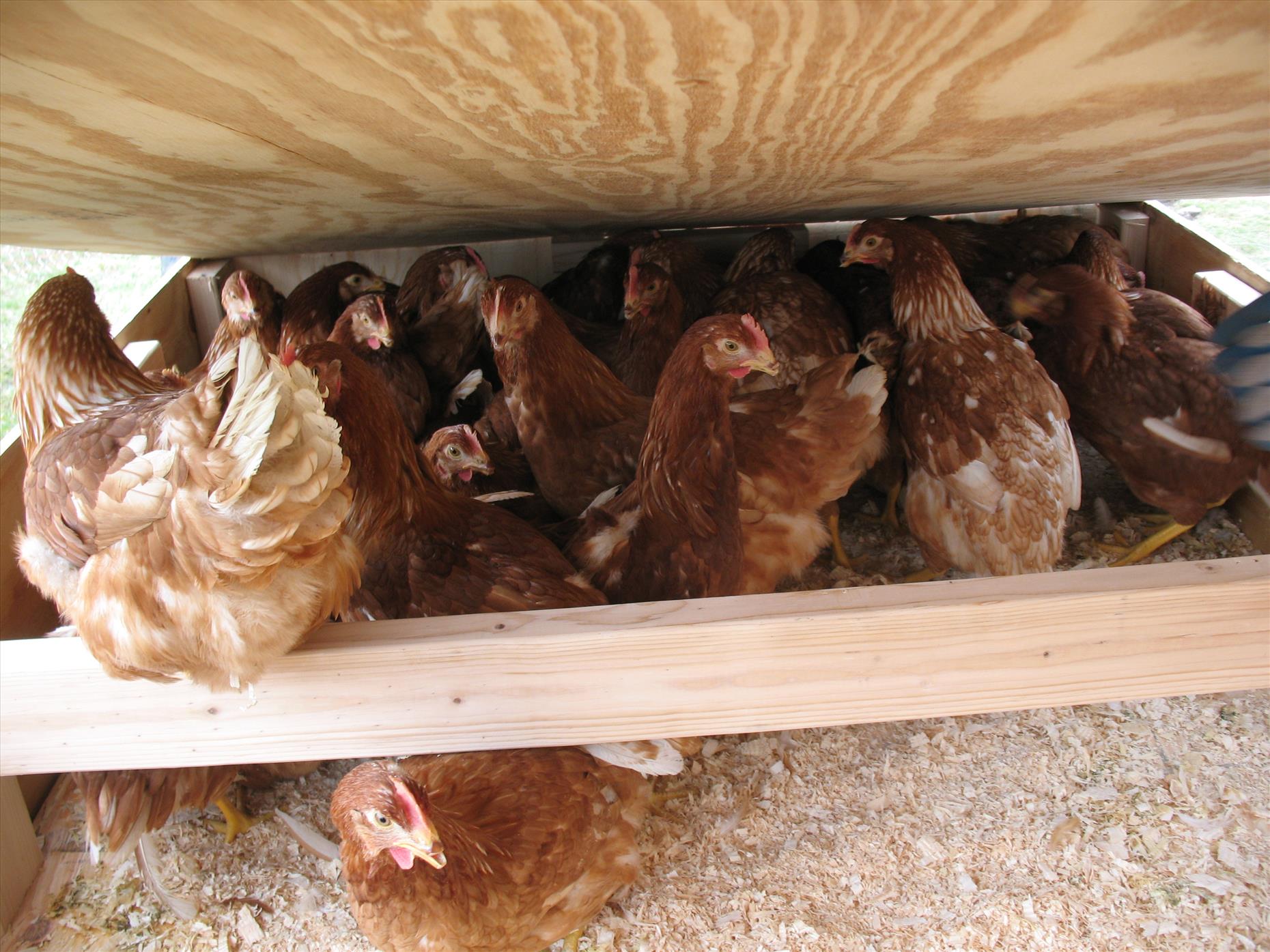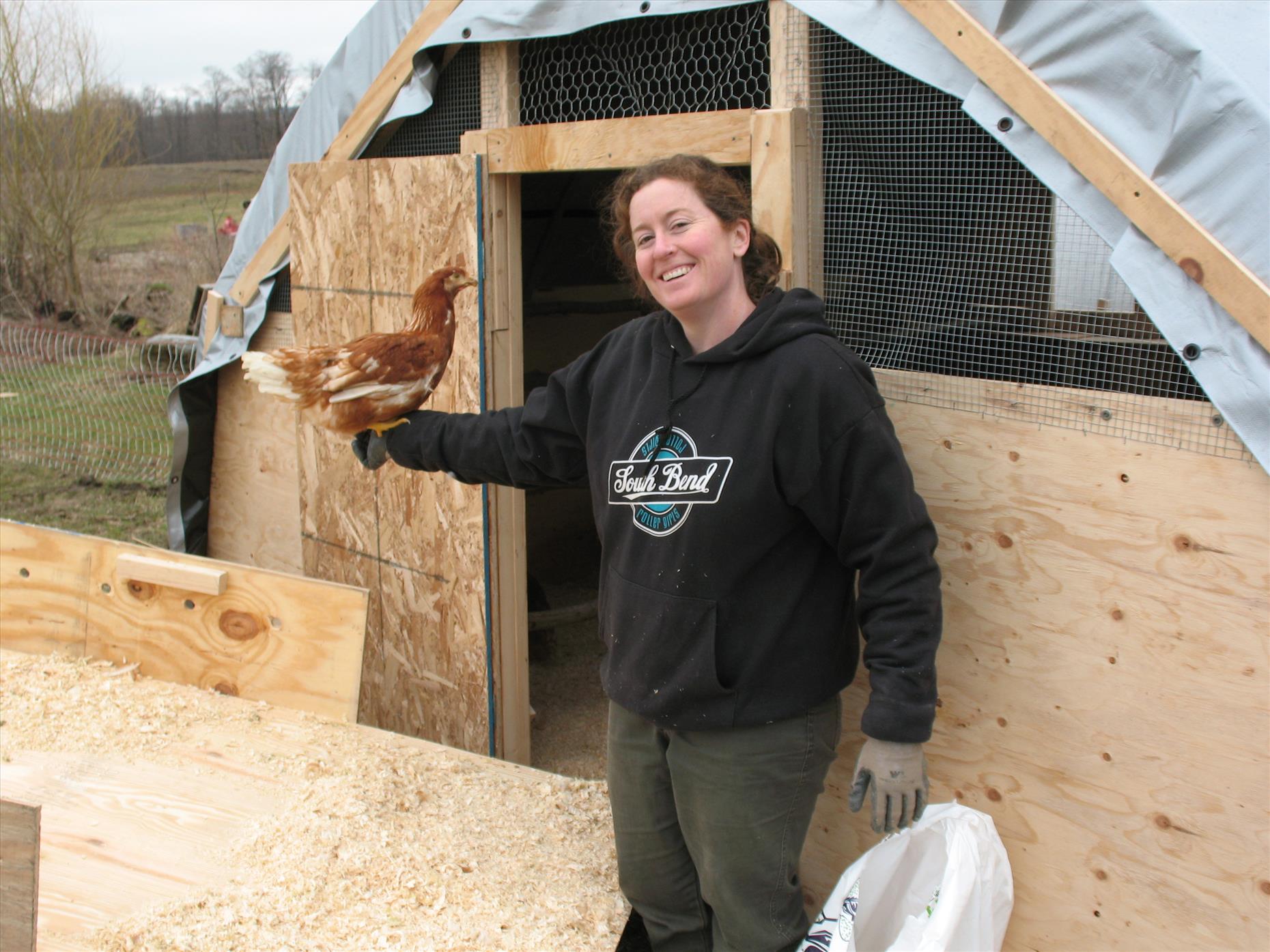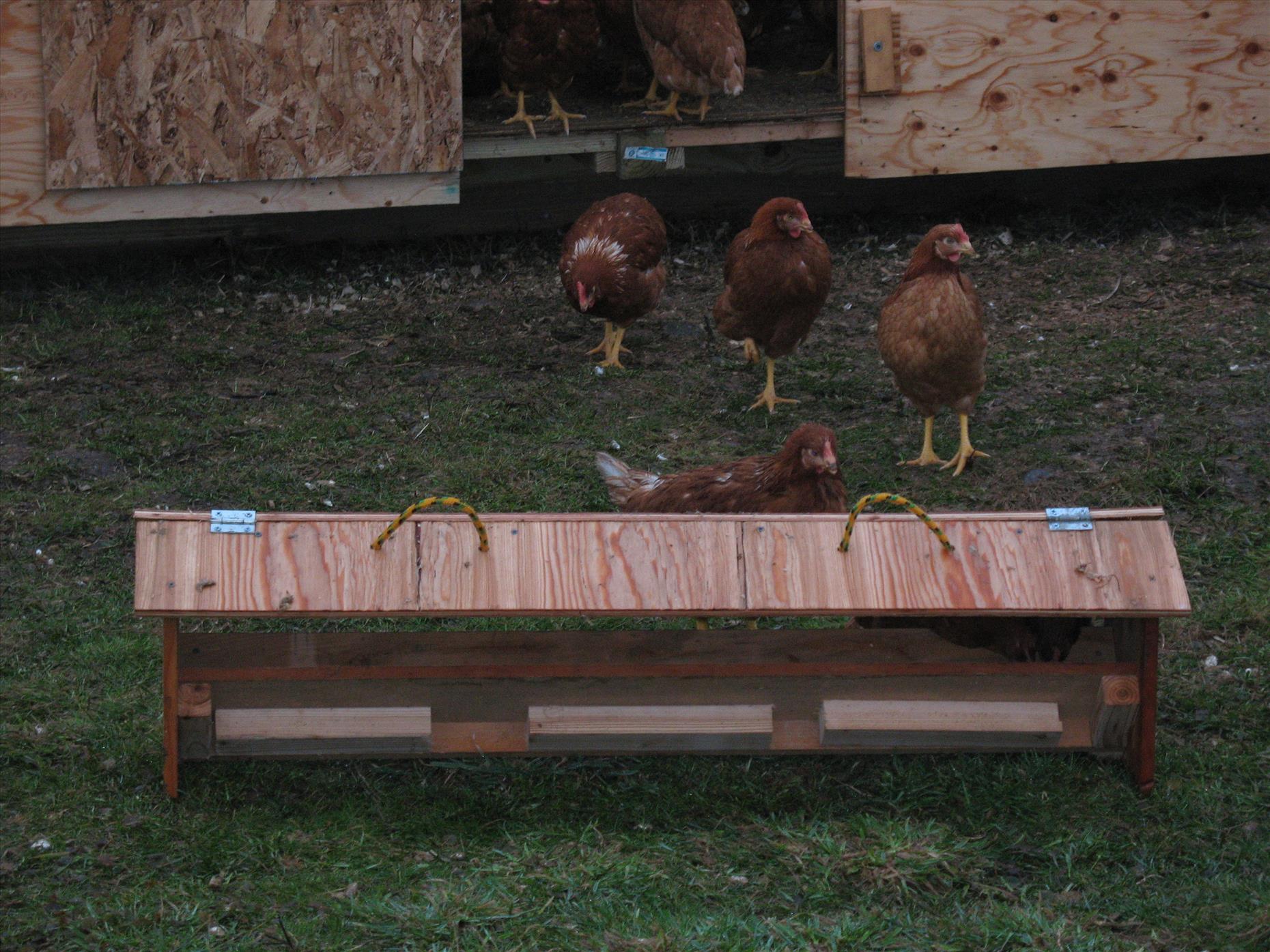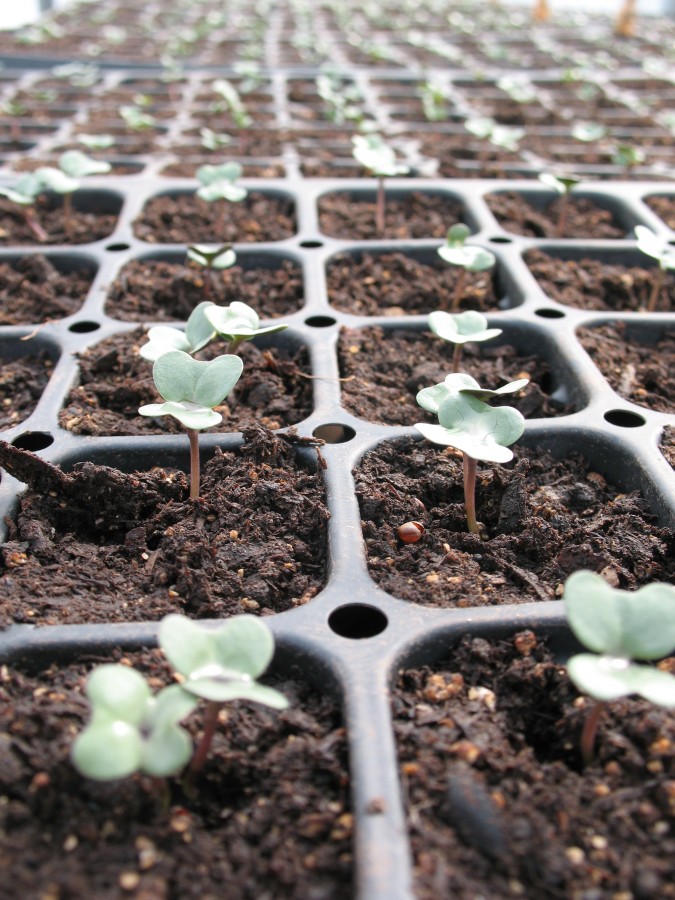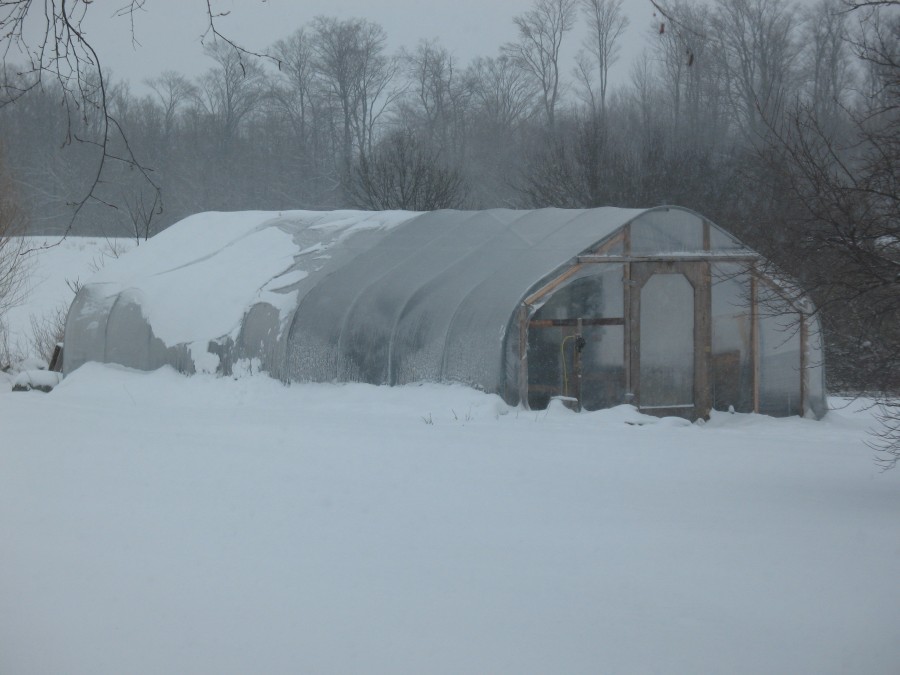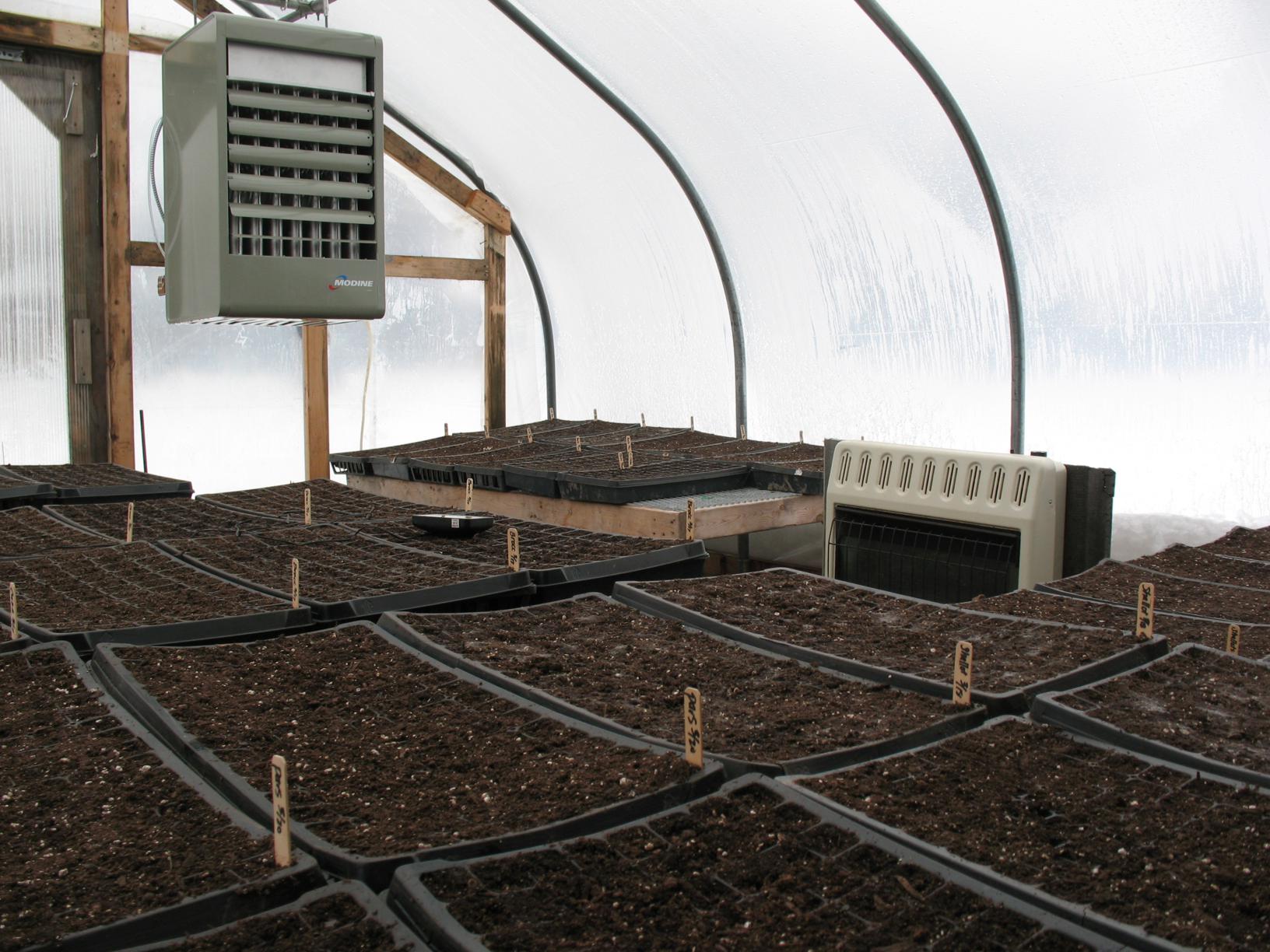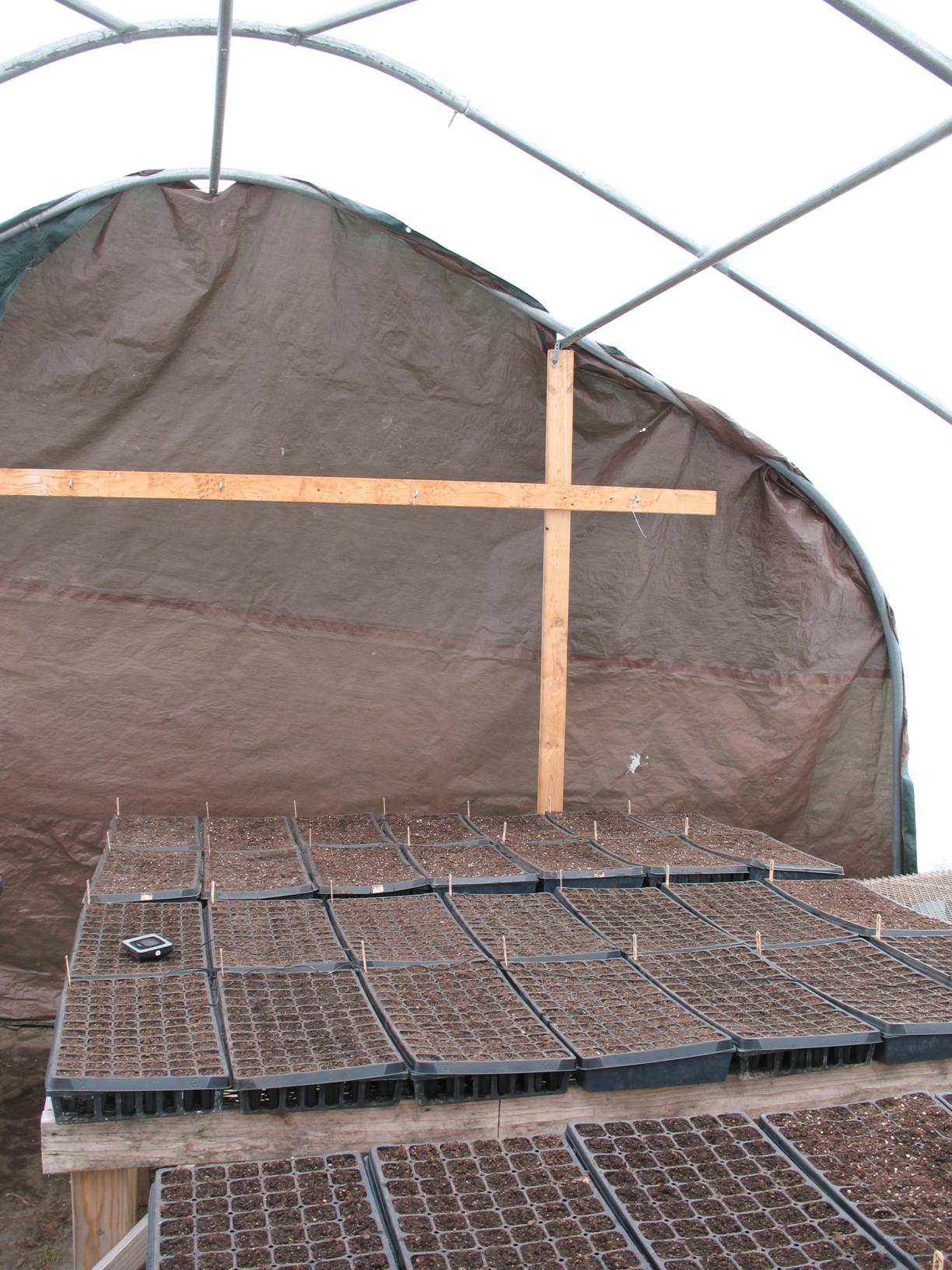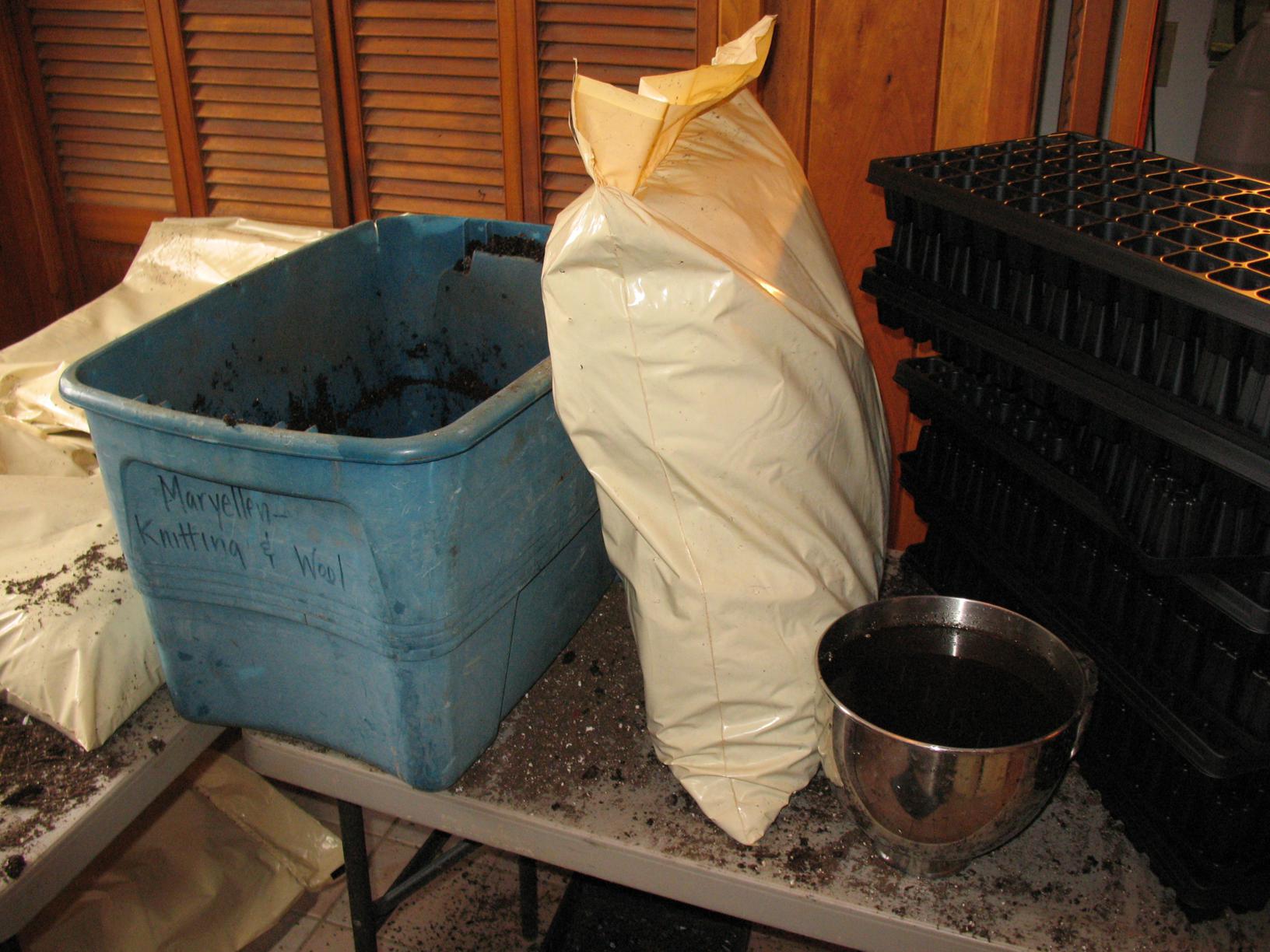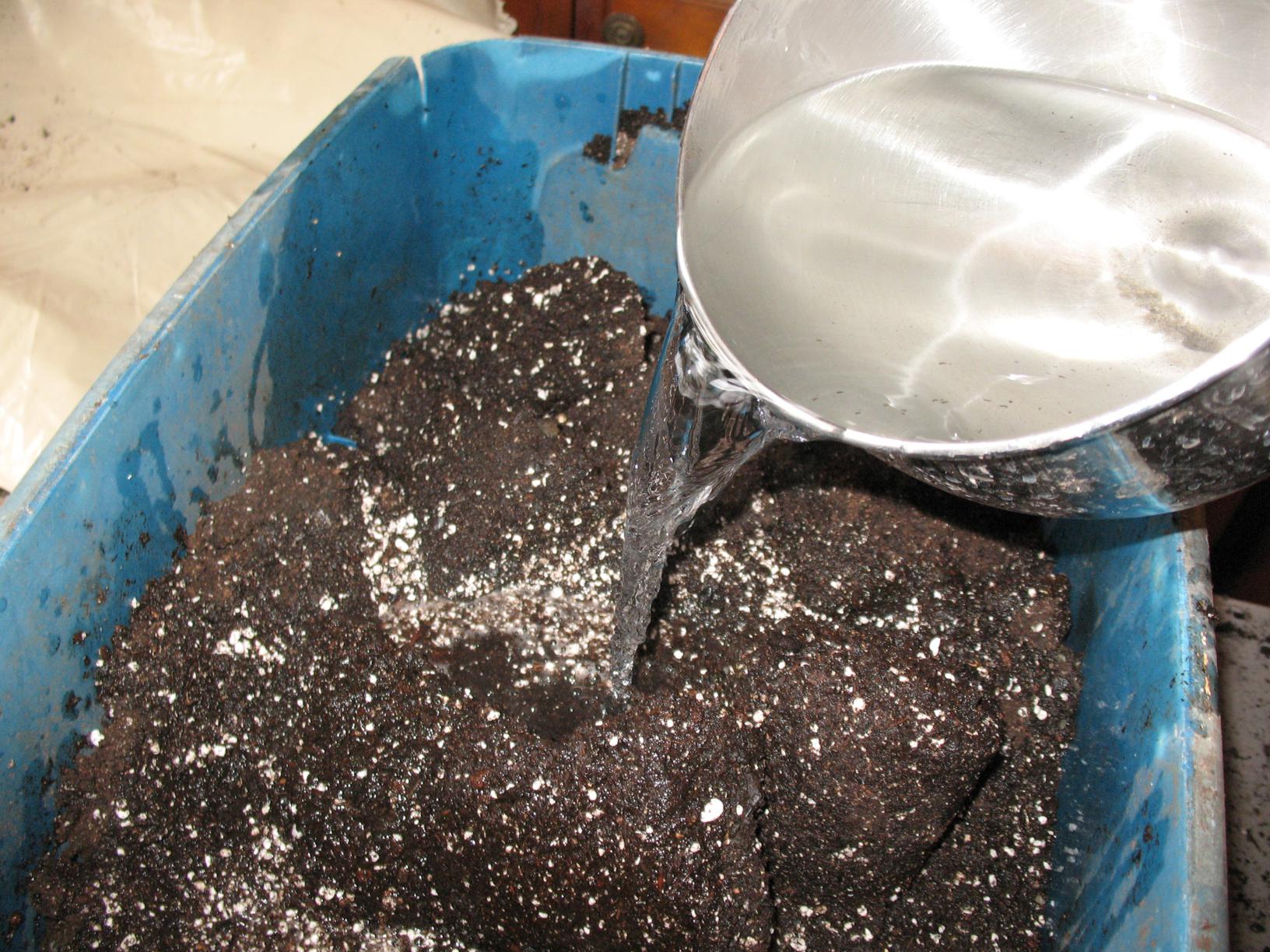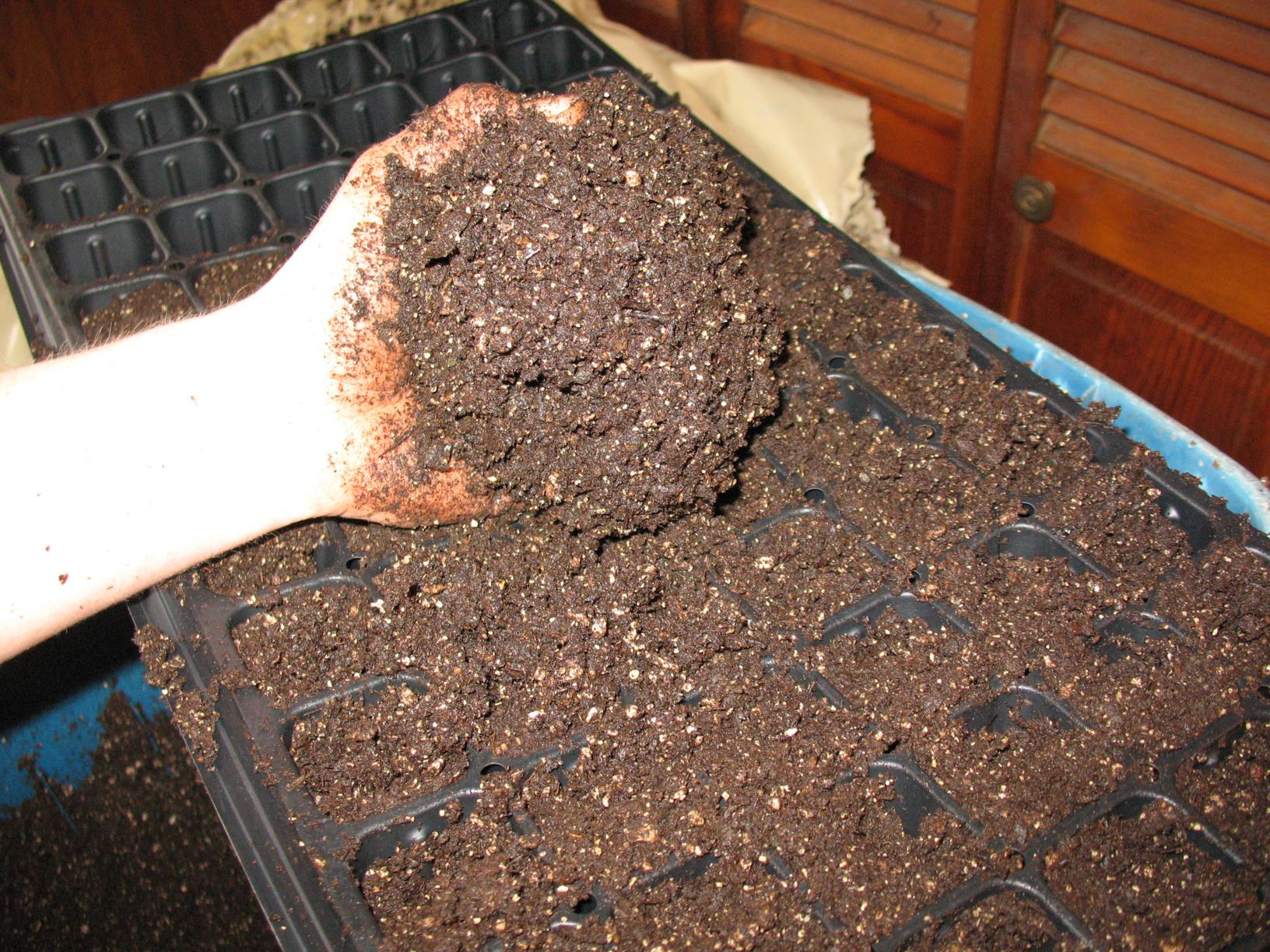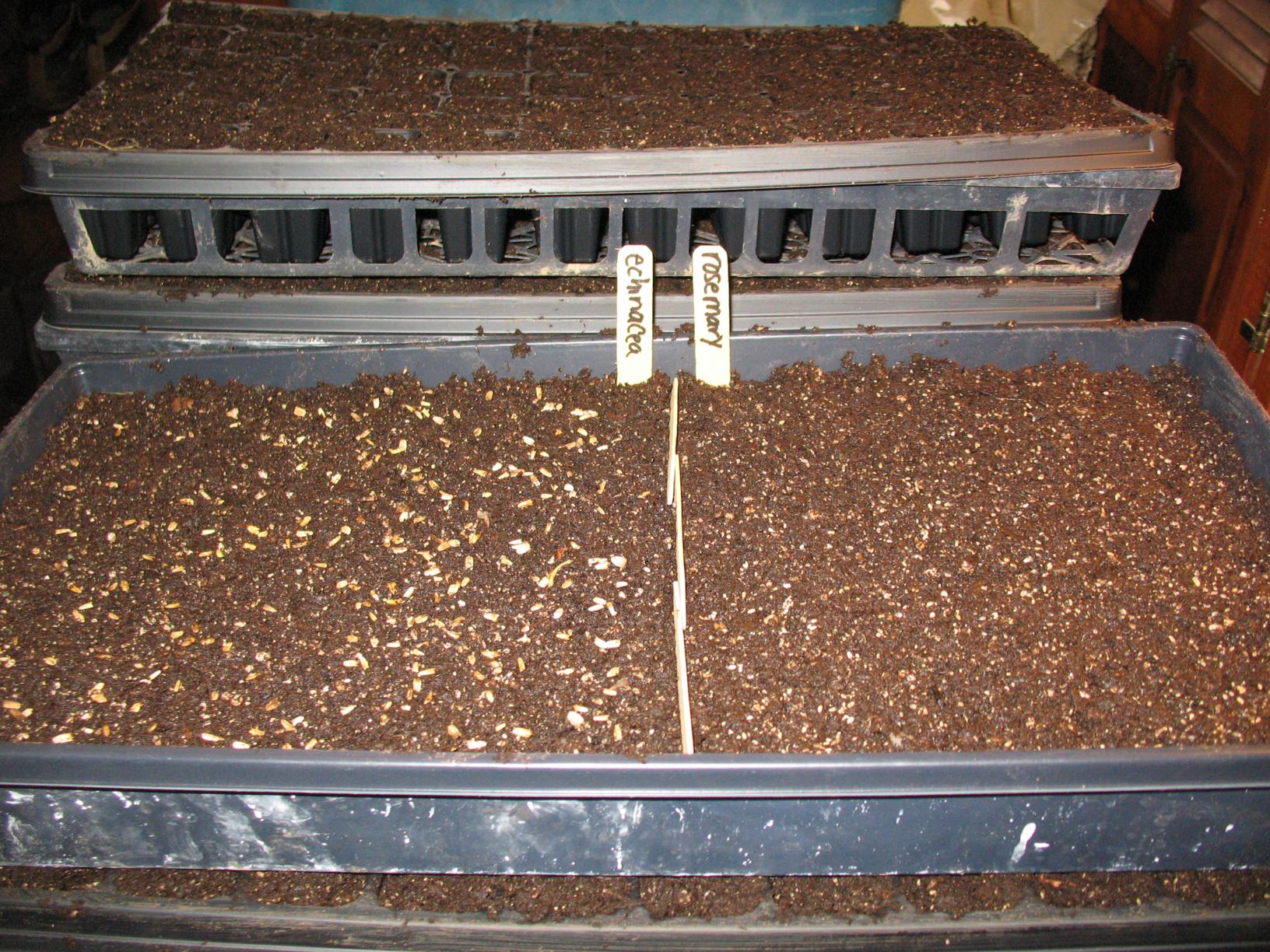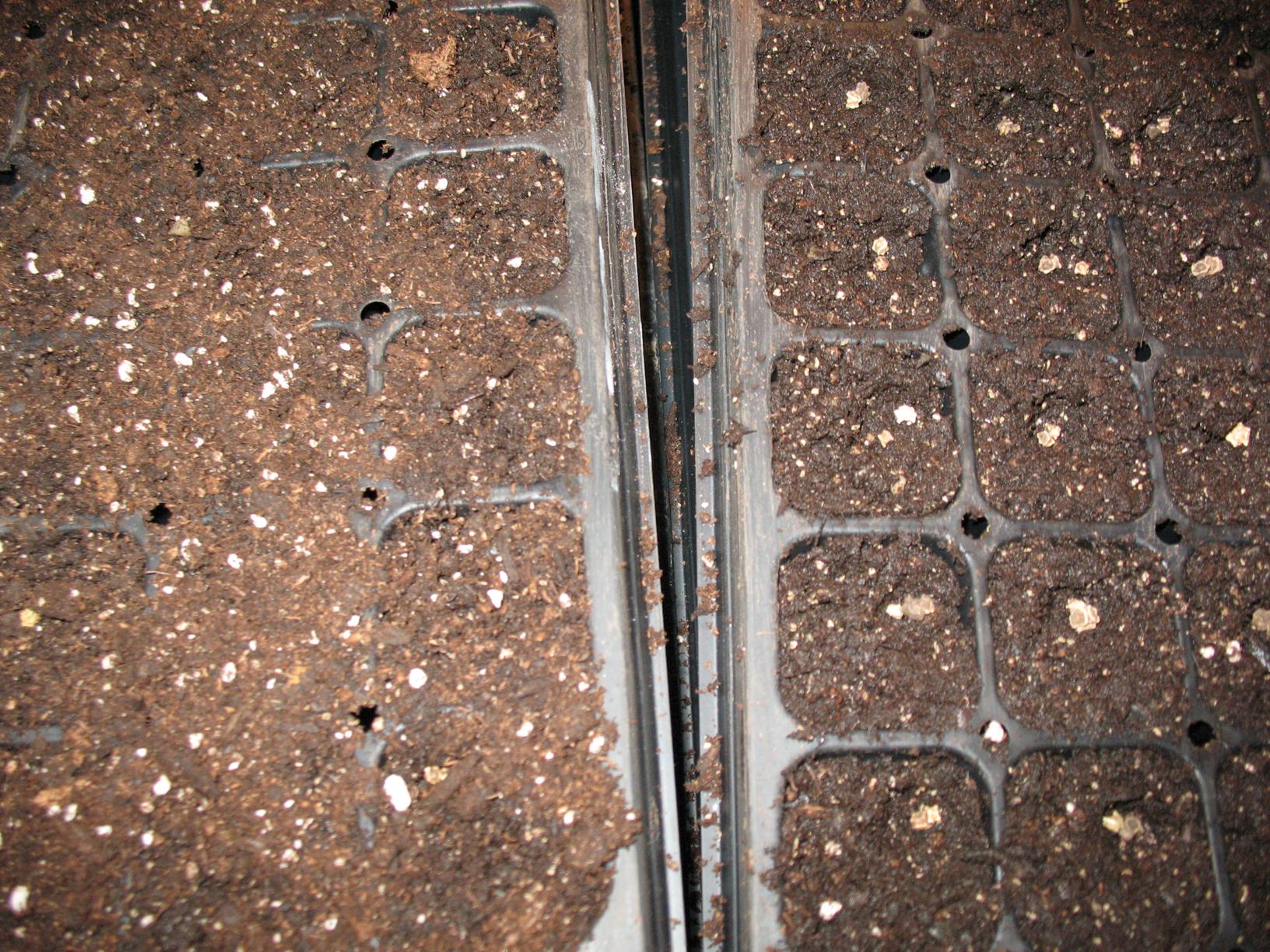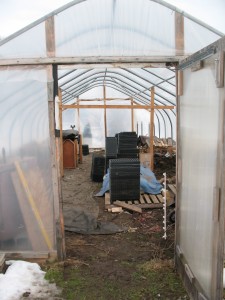Harvest Days on the Farm
/I know, long time, no posting! We've had plenty to write about, but to be honest, this summer has been extremely rough in terms of weather and workload, so we only now are starting to have time to breathe (and eat and blog).
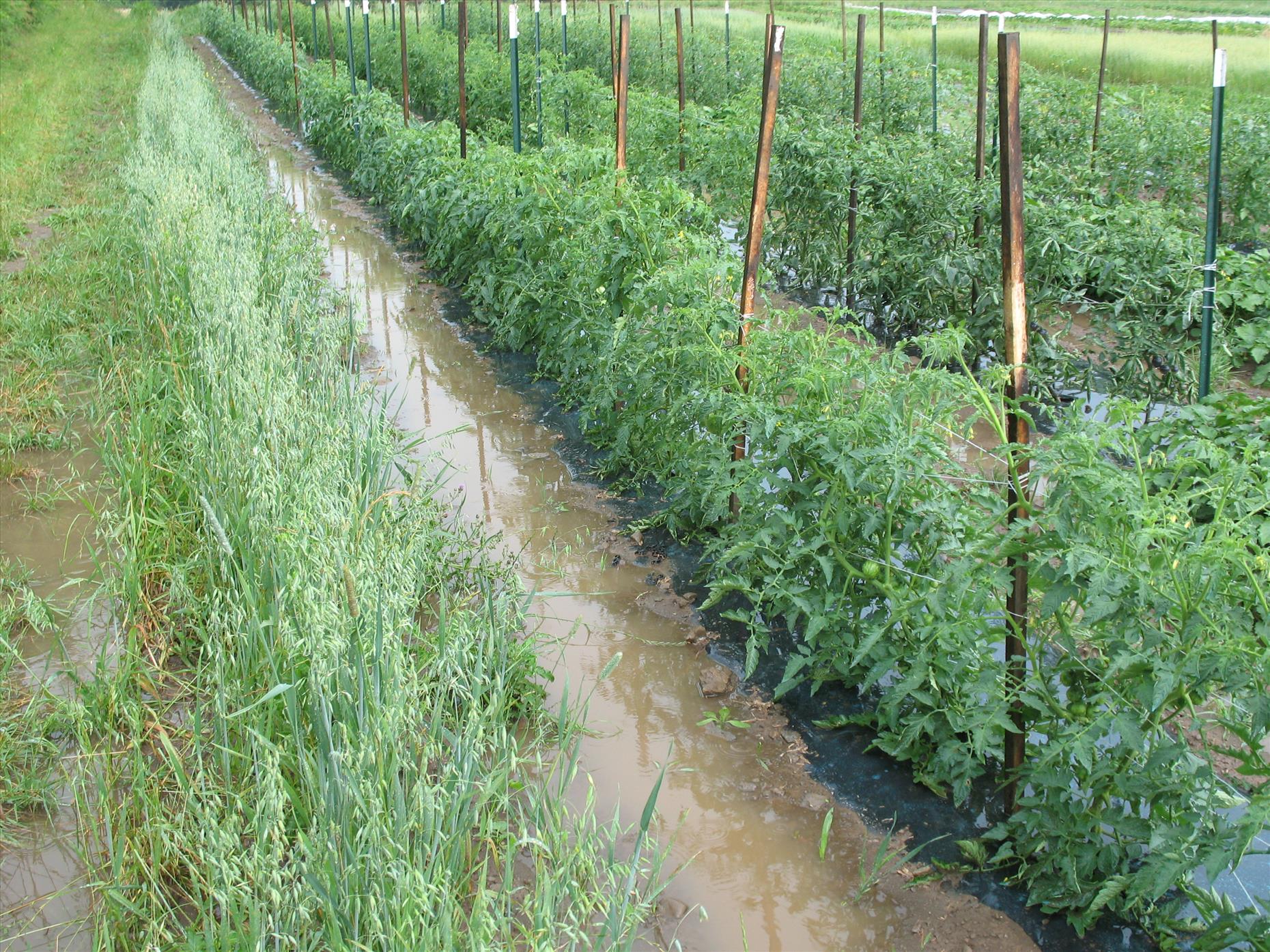
Since our last post, it pretty much rained from mid-May to mid-July (20 inches over 7 weeks--during those 49 days we had rain for 45), and then stopped raining and became cold--like veggies stopped growing 'cuz it was in the 40s at night sort of cold. Things are still cooler and the summer crops are ripening slowly, but overall, we are feeling a bit more normal now. We have a long blog in the works on our thoughts about this summer, but it's still a bit too fresh for us to write on it without excess profanity! Short story, the lessons from this summer are that rain is worse than drought, bugs wash away in floods while plant disease washes in, and hoop houses are our next big investment!
But as things are steadying out a bit, we do have time to start posting again, and thought we'd get back in with some pics from harvest days, since some folks have been asking how the day goes!
We harvest 90% of our crops on Tuesday and Friday mornings, for our Tuesday and Friday CSA and our Saturday market. With tomatoes starting, we will sometimes harvest them the day before, because it's such a long process to wipe off the organic (late blight deterring) copper from the fruits. On Monday and Thursday evenings, we cruise around the field and check out what's ready. Most years, there will be 20 or 25 available crops, and we choose 8 to 12 for the CSA. This year, we have typically had more like 10 to 15 crops ready, so it makes CSA choices quicker (though more annoying--we like having more options!). We try to mix things up a bit so folks get a range of salad, root, fruit, and greens in their shares. We have twice as many CSA members on Tuesday than Friday, but since we have the market Fridays, the two harvest days take about as long (though we also harvest more on Saturday mornings for market).
We prioritize crops for the CSA over the market, since we really appreciate the up-front support from our CSA members. Most years we have plenty for both the CSA and the market, but this year we've been saving lots of crops just for the CSA (like our potatoes).
We start harvesting anywhere from 5:30 (if it's hot) to 7:30 (if it's wet) in the morning. We start off with crops like lettuce and greens that don't like getting hot, and then finish off with things like tomatoes or cucumbers where you want the plants to dry off before you get in there and handle them. We have started getting into the bad habit of sleeping a bit late this year since it's been so cold and wet (and we don't want to spread plant disease around by harvesting damp plants)!
We usually harvest crops in batches and then haul them back to the cooler in the wagon (our most utilized tool on the farm). Most crops get washed in super cold water to lower their field temperature and get off the dirt, though some things like tomatoes just get wiped down.
We have dreams of a real wash line for next year, but couldn't afford the whole building set up this season, so we are improvising a bit. Matt did take the first step for a wash shed by putting a new door into the garage. The walk in cooler is right inside the door, so this saves us the time of walking through the garage a zillion times each harvest day. Since it has rained or been super cold this season, it hasn't been a problem yet for not having shade on the line. We use two tanks and a series of drying/spray tables, and have landscape fabric underneath to keep the mud down. Last year we had a mobile setup (with a tent) that we rotated around the yard. This year's improvement of an actual line saves a chunk of time each harvest day. Matt build a PVC tank filling valve, and we drain the tanks often to keep the water clean.
We pack CSA shares in the garage using folding tables. Last year folks might remember our CSA bags, which were cute but a hassle to pack (too floppy), handle (hard to quickly grab the handles), and stack (you couldn't). This year we switched to boxes, which means we can pack 4 times as many shares per hour than we could with the bags! It's been nice to see how small changes make a big difference in efficiency!
Hopefully the weather stays "normal," the late blight stays away, and frost holds off until October so that we can re-start posting regularly!






